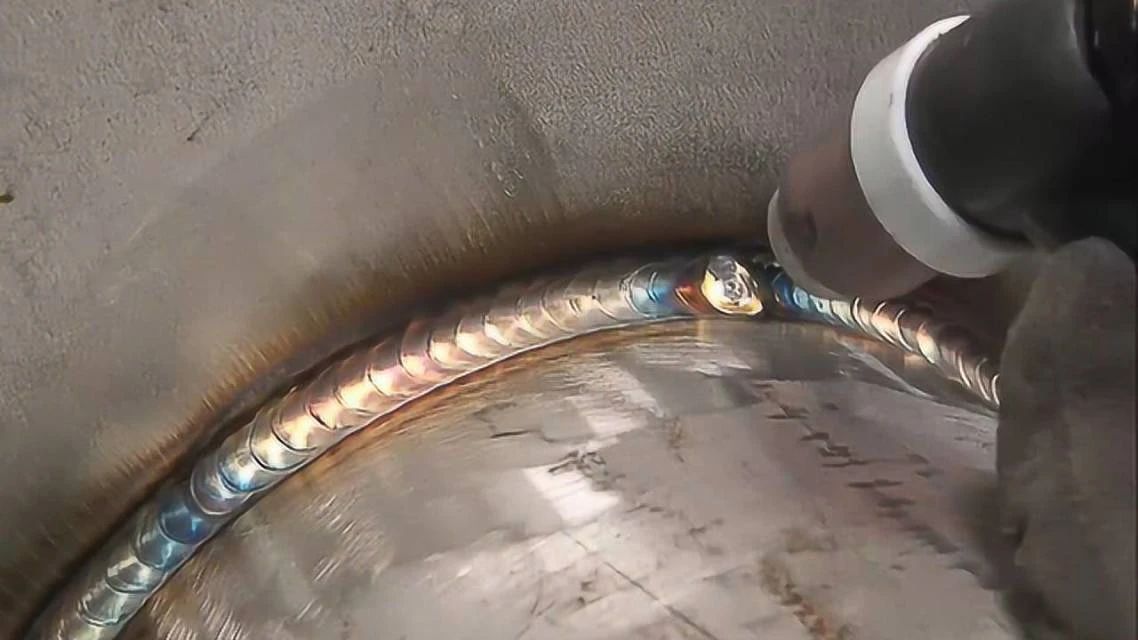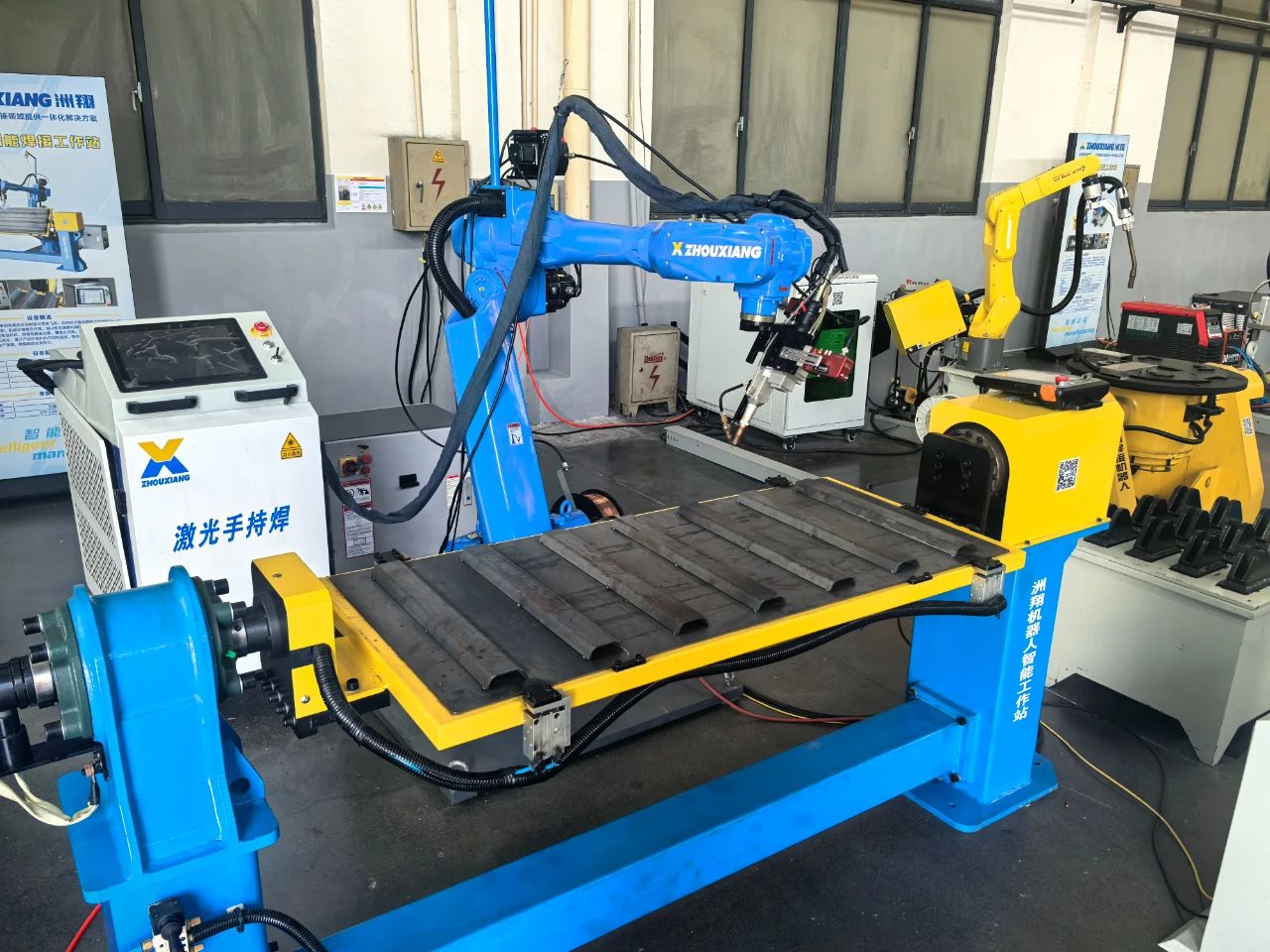Which Is Stronger, Argon Arc Welding Or Laser Welding?
Aug 31, 2024
In modern industrial manufacturing, welding technology is crucial, as it determines the strength, durability, and overall quality of the product. TIG welding and laser welding are two common and important welding methods, each with different characteristics and application scenarios. So, which of these two welding methods is stronger?
- Welding Principles
1.1 Argon Arc Welding
Argon arc welding is an arc welding method that uses argon as a shielding gas. The arc generates high temperatures between the tungsten electrode and the workpiece, melting the welding material and the workpiece to form a weld. Argon gas protection prevents the welding area from contacting the air, avoiding oxidation and contamination. Argon arc welding is suitable for welding a variety of metals such as stainless steel, aluminum, and magnesium, with high welding quality and beautiful welds.
1.2 Laser welding
Laser welding uses a high-energy laser beam as a heat source, focusing the laser on the surface of the workpiece, instantly generating high temperatures to melt the material and form a weld. Laser welding has a fast speed and a small heat-affected zone, and is suitable for high-precision welding and micro welding. It is widely used in electronics, electrical and automotive manufacturing.

- Material adaptability
2.1 Material adaptability of argon arc welding
Argon arc welding has good material adaptability and can weld a variety of metals and alloys. It is especially suitable for welding thin plate materials and dissimilar metals. Due to its strong controllability of the welding process, argon arc welding performs well in welding thin-walled tubes and complex-shaped workpieces.
2.2 Material adaptability of laser welding
Laser welding has high requirements for materials and is suitable for welding metal materials such as carbon steel, stainless steel, aluminum alloy and titanium alloy. It performs particularly well in welding high-melting-point metals and dissimilar metals. However, for high-reflectivity materials (such as copper and silver), laser welding efficiency is low and requires pretreatment or the use of lasers with specific wavelengths.
- Welding quality
3.1 Welding quality of argon arc welding
Argon arc welding can provide high-quality welds due to its stable arc and good protection effect. The weld is evenly formed and beautiful, and less welding slag is generated during the welding process. Argon arc welding is suitable for demanding welding tasks, such as high-precision welding in the aerospace and nuclear industries.
3.2 Laser welding quality
Laser welding has extremely high welding quality, narrow welds, large depth-to-width ratio, small heat-affected zone, and small welding deformation. Due to the high energy density of the laser beam, the welding speed is fast and the weld strength is high. Laser welding is suitable for welding occasions that require high precision and high strength, such as the manufacture of automobile bodies, electronic components, and precision instruments.

- Process complexity
4.1 Process complexity of argon arc welding
The process of argon arc welding is relatively complex and requires operators to have high skills and experience. The current, voltage and welding speed need to be precisely controlled during the welding process, while ensuring a stable supply of shielding gas. The argon arc welding equipment is relatively simple, but the operation is difficult and requires long-term training and practice.
4.2 Process complexity of laser welding
Laser welding equipment is complex and expensive, requiring a sophisticated optical system and control system. The welding process is highly automated, but has strict requirements on the operating environment and needs to be carried out in a dust-free, constant temperature environment. Although laser welding is less difficult to operate, the high cost of the equipment and the complexity of maintenance increase the overall process complexity.
- Application fields
5.1 Application fields of argon arc welding
Argon arc welding is widely used in aerospace, shipbuilding, pipeline engineering and chemical equipment. It is suitable for welding thick-walled and complex-shaped workpieces, especially in welding tasks that require high quality and high reliability.
5.2 Application fields of laser welding
Laser welding is mainly used in the electronics industry, automobile manufacturing, medical equipment and precision instruments. It has obvious advantages in micro welding and high-precision welding, and is suitable for welding high-strength and high-hardness materials. In automobile manufacturing, laser welding is widely used in the welding of body structural parts, which improves the strength and safety of the body.
In summary, argon arc welding and laser welding have their own advantages and disadvantages. The specific choice of which welding method is more solid depends on the specific application scenario and requirements. Argon arc welding performs well in welding quality and material adaptability, and is suitable for welding a variety of metals and complex-shaped workpieces. Laser welding has advantages in welding speed, accuracy and strength, and is suitable for high-precision and high-strength welding tasks.
.jpg)
Zhouxiang Enterprise
Specializes in the production of H-beam light and heavy steel production lines, box beam production lines, horizontal production lines, double-joint welding and straightening automatic lines, steel structure robot intelligent workstations, and various intelligent production lines; including CNC flame plasma cutting machines, fiber laser flatbed cutting machines, laser pipe cutting machines, tube-sheet integrated machines, handheld laser welding machines, H-beam assembly machines, gantry submerged arc welding machines, H-beam straightening machines, shot blasting machines, H-beam assembly welding and straightening integrated machines, welding special machines, auxiliary machines, etc.
Zhouxiang manufacturing, professional quality, high precision, high speed.
Leading technology, stable quality, products are sold well at home and abroad.
Recent Posts

October 26, 2016
The Most Successful Engineering Contractor
Sep 12, 2025
Gao Fenglin: The Rocket's Heart Welder


















